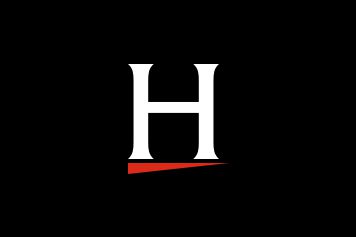The IRS has issued a private letter ruling (No. 202434006) approving an employer program that allows employees to allocate employer contributions across multiple available benefits. A private letter ruling (PLR) is a written statement provided by the IRS to a taxpayer upon request, interpreting and applying tax laws to that taxpayer’s specific situation. Although other taxpayers cannot rely on a PLR as a precedent, it offers valuable insight into how the IRS may approach similar employer programs.
Program Details
The IRS approved the employer’s request to reduce its discretionary contribution to its 401(k) plan and provide eligible employees with a choice to allocate an additional employer contribution among several options:
- The 401(k) plan;
- The retiree health reimbursement arrangement (HRA) (provided the employee is age 55 or older and has 10 years of service at the time of the employee’s election);
- The educational assistance program (solely for qualified student loan payments); or
- An employee’s health savings account (HSA).
Program Operation
Under the proposed amendments:
- Eligible employees would make an annual irrevocable election during open enrollment;
- The employer would make a contribution, consistent with the employee’s election, by March 15 of the following year (or if no election was made, the employer contribution would be made to the 401(k) plan); and
- Eligible employees could not receive the employer contribution in the form of cash or another taxable benefit.
The proposed plan amendments also provided that employees who elected to have the employer contribution allocated either to the educational assistance program or as an employee’s HSA contribution would not be eligible to receive other benefits from the educational assistance program or make pre-tax contributions to the HSA until after March 15 of the following year, to prevent contributions greater than the applicable statutory limits.
Recommended Actions
Although it is limited to the specific program design of the requesting employer, the IRS’ PLR may pave the way for employers to offer their employees similar flexibility in allocating employer contributions among a wider variety of benefits.
Providing employees with more control over where employer contributions are directed (i.e., towards retirement, paying off student loans, or health care) can be a useful tool in boosting employee attraction and retention. However, employers that wish to provide similar program designs should consult with benefits counsel, and may even wish to obtain their own PLR, before doing so to ensure full compliance.
Material posted on this website is for informational purposes only and does not constitute a legal opinion or medical advice. Contact your legal representative or medical professional for information specific to your legal or medical needs.



